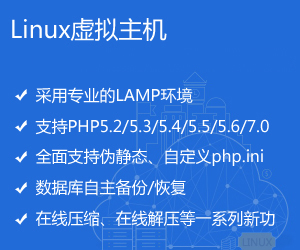资源与技术大曝光,打造理想网站!
The opening of the article with a personal website focus is likely due to the author's personal experience and familiarity with the subject. They mention that the website is for personal use and that they have written about it before, accumulating some experience and insights. Writing about a personal website allows them to combine their personal needs with their expertise, which might be less tiring than tackling a new type of website that requires learning new technologies.
Here's a summary of the resources and technologies the author plans to use for their personal website project:
Resources:
- Cloud Server: An Alibaba Cloud server with a minimum configuration of 1 core CPU, 1G RAM, and 1M bandwidth.
- Domain: A domain registered and verified through Aliyun, using the existing domain
yasinshaw.com. - Storage: Alibaba Cloud OSS for storage, especially for images, as they previously used and were satisfied with Qiniu Cloud.
- SSL Certificate: Free certificates from Alibaba Cloud and Qiniu Cloud, although they require renewal annually and a separate certificate for each subdomain.
Technologies:
Frontend:
- Framework: Vue3 for the frontend, with the author considering the use of TypeScript but not decided yet.
- UI Library: The author plans to try a "skeuomorphic style" UI library, possibly vuetify, but will look for alternatives if needed.
Backend:
- Language: Kotlin for the backend, as the author wants to learn the language.
- Framework: SpringBoot for the backend, possibly using Domain-Driven Design (DDD) and clean architecture.
- Database: MySQL for the database, with no immediate need for other databases.
Search:
- Search Engine: Elasticsearch for search functionality, with a Chinese segmentation plugin.
Caching:
- Cache: Redis for caching, but considering using in-memory caching for simplicity.
Containers:
- Docker: Docker for containerization, with plans to use Dockerfile and CI/CD tools for DevOps.
Continuous Integration/Continuous Deployment (CI/CD):
- CI/CD Tool: Drone for CI/CD, integrated with Gogs for version control.
Project Duration:
The author is unsure of the exact duration but hopes to complete the basic functionality before the end of the year.
Website Structure:
- Management End: For the author to manage the website, including publishing articles and managing comments.
- Portal End: For visitors to view articles and interact with the website.
Event Storming:
The author used event storming to analyze the requirements and identified several domain models and events, focusing on the core functionality of the website.
Next Steps:
The author will proceed with setting up the development environment, including cloud server configuration, domain setup, Docker installation, and CI/CD pipeline setup.
The article is a comprehensive guide to the author's personal website project, covering the planning, resources, technologies, and initial setup stages.
版权免责声明: 本站内容部分来源于网络,请自行鉴定真假。如有侵权,违法,恶意广告,虚假欺骗行为等以上问题联系我们删除。
本文地址:https://www.huangshunfu.com/article/351.html


